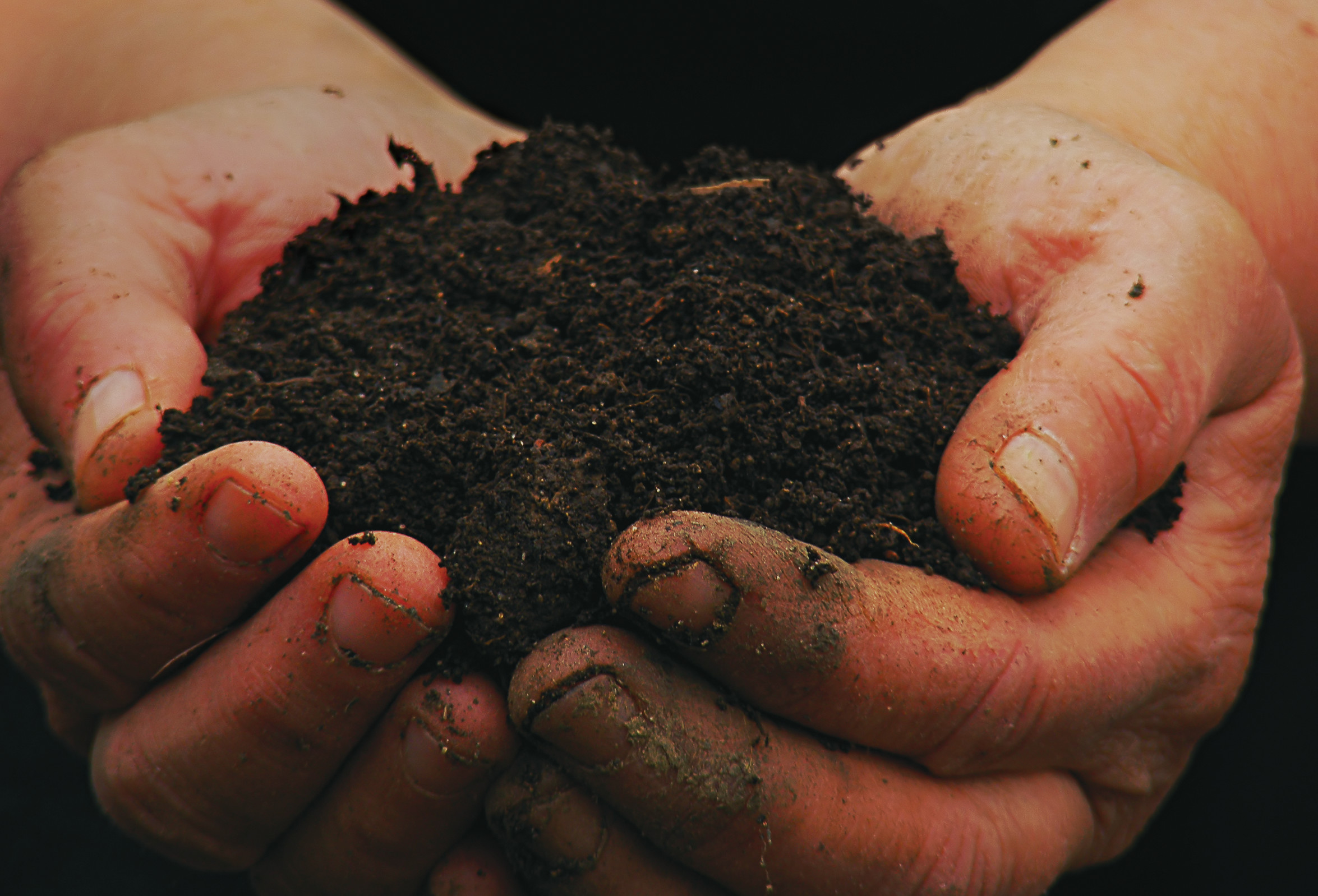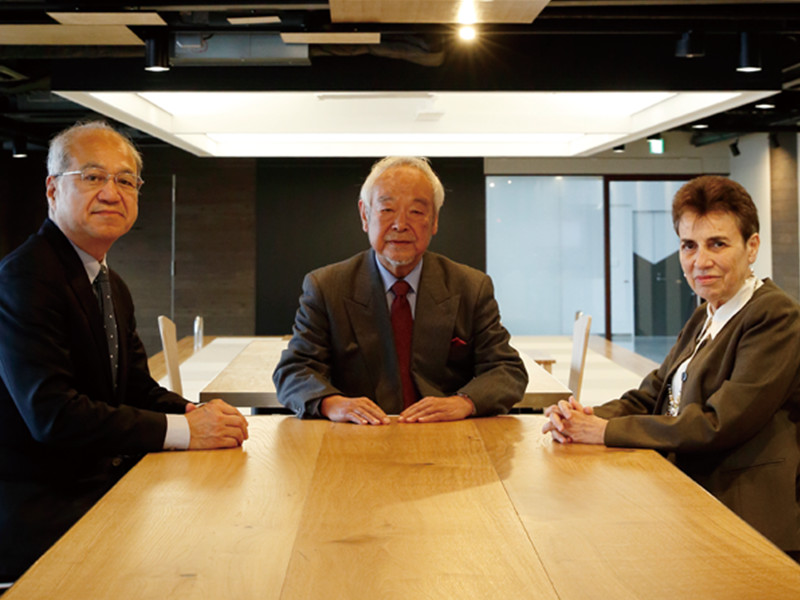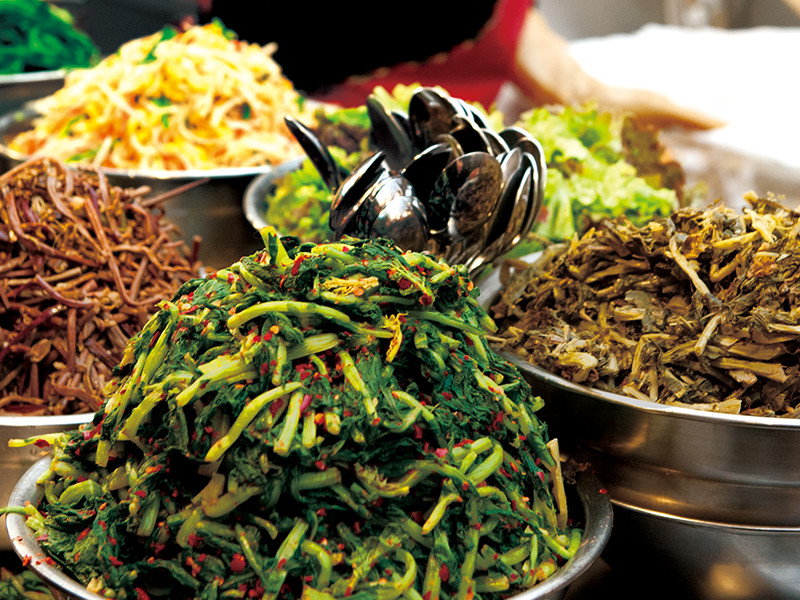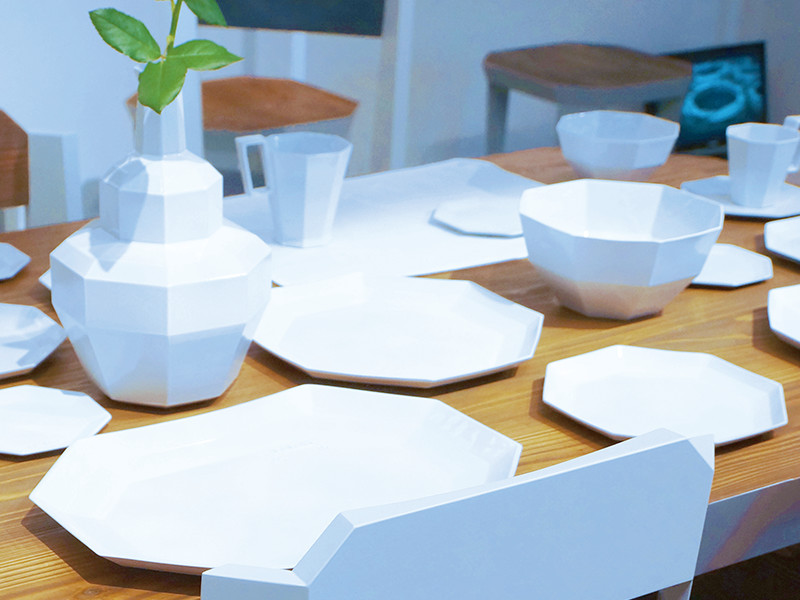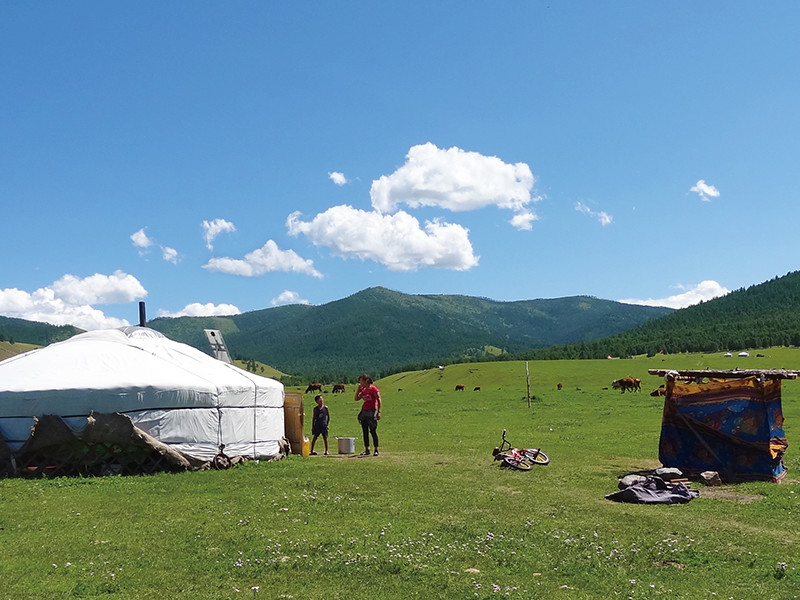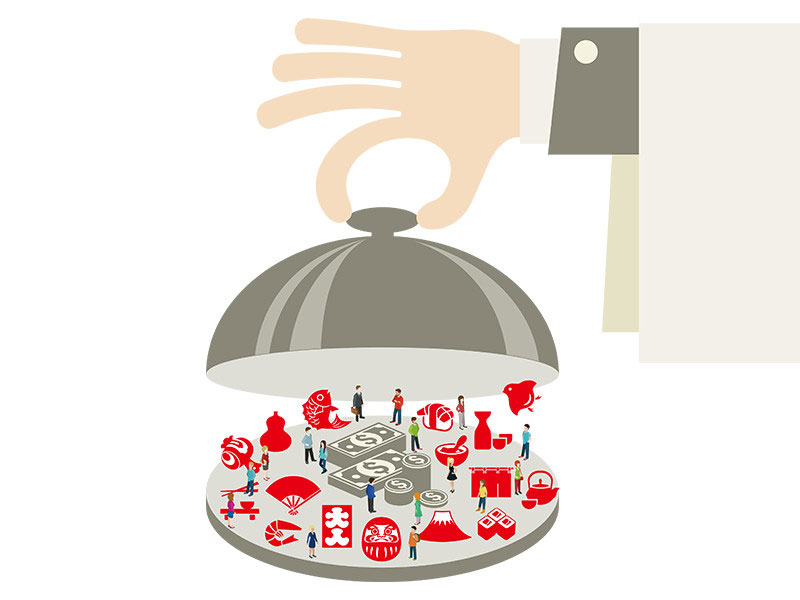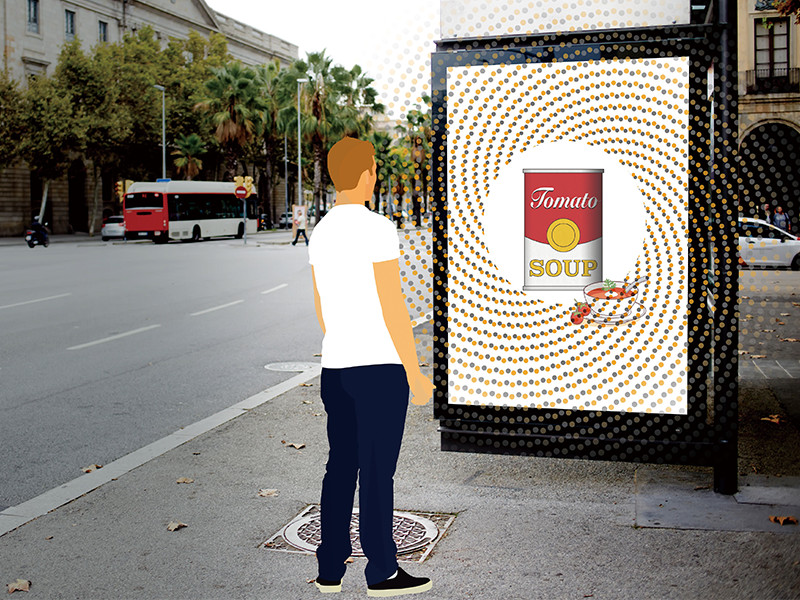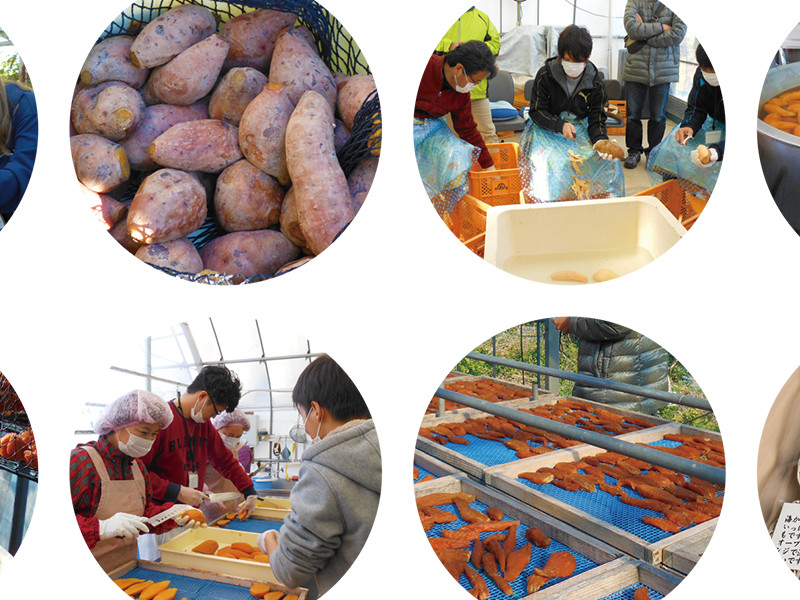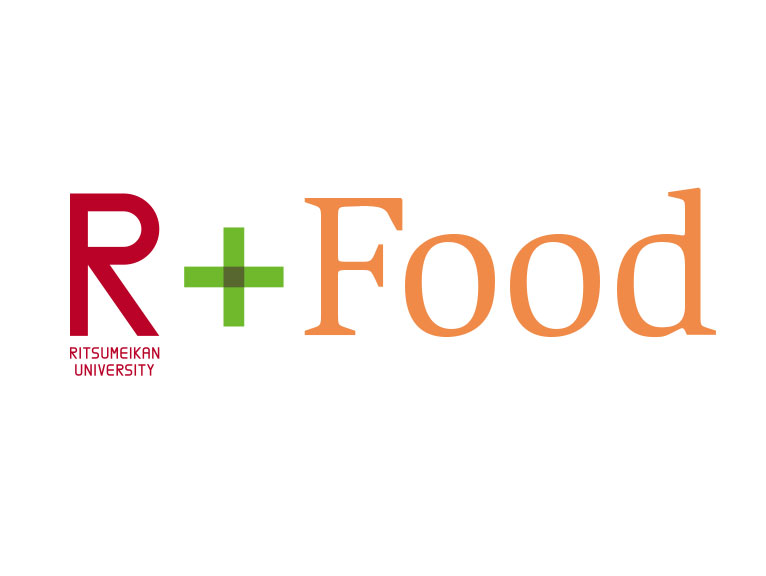STORY #5
Microorganisms to Bring
about a Change in Japanese Agriculture,
Beginning with the Soil
Motoki Kubo
Professor, College of Life Sciences
Realizing organic agriculture to improve both safety and productivity
Shocking data suggests that Japan’s use of chemical fertilizers and pesticides is among the highest in the world. Compared to European countries, where regulations are very stringent, the actual volume of use is said to be several or even ten times greater. “The issue is not just the volume of chemical fertilizers and pesticides being used,” says Motoki Kubo. “Vegetables that grow in farmland where such chemicals have been used for a long period of time are extremely low in nutrients.” Over the past 50 years, when agriculture using chemical fertilizers and pesticides become the norm, the vitamin A content in carrots has decreased to about a third of previous levels, while the vitamin C content in spinach has been reduced to less than a quarter.

Comparison of the amount of use of chemical fertilizers (per 1 ha)
Source: Hello School Geography, Social Studies (Japanese agriculture)
One of the main differences between soil exposed to chronic use of chemical fertilizers and natural soil is the amount of microorganisms. Previously on farmland, organic matter such as fallen leaves and manure from animals was decomposed into non-organic matter by microorganisms in the soil, and using these natural fertilizers, agricultural produce could be grown. However, chemical fertilizers do not decompose, and are directly absorbed by plants—and without the food provided by organic matter, microorganisms die off. According to Kubo's research, there are quite a few farmlands in Japan where the number of microorganisms is so close to zero to be measured. In soils without microorganisms, plant pathogens and pests breed easily, resulting in a vicious cycle in which more and more pesticide is needed.

Comparison of plant cultivation in terms of numbers of microorganisms in organic fertilizers
For the sake of food safety, it would be ideal to grow healthy vegetables without any chemical fertilizers or pesticides. But if growers begin haphazardly practicing organic agriculture on farmland where such substances have been used for many years, produce will not immediately grow. “To recover material circulation in the soil, it is necessary to increase the number of microorganisms to function as an engine,” says Kubo, who is trying to encourage a recovery in Japanese organic agriculture by applying science with the keyword, microorganisms. Developed by Kubo as an index of fertility in soil is the Soil Fertility Index (SOFIX) which will function as a guide.
To judge the fertility of soil, SOFIX measures the amount of microorganisms and the conditions that facilitate their activity. Kubo first extracted and analyzed environmental DNA (eDNA) from soil and developed a unique technology to quickly and accurately measure the amount of bacteria. This was followed by a study of soil conditions which allow microorganisms to be easily activated. “What is most important for the activity of microorganisms is a balance between carbon and nitrogen which function as their nutrients,” Kubo says. Because microorganisms do not propagate when carbon and nitrogen are input at random, he identified the optimal ratios of carbon to nitrogen. Based on these studies, he developed biological indices to track factors such as the circulation of nitrogen and phosphorus. He then went on to establish a total of 19 indices by combining his biological indices with chemical and physical indices based on conventional analysis. The results of measurements based on these indices are represented in graphs, diagrams, and scores, thereby providing a mechanism for instantaneously diagnosing the level of soil fertility.
Once the fertility of soil can be diagnosed using SOFIX, we can then move on to taking steps toward actually improving the soil based on the information. “It all starts with the input of quality manure and organic materials to achieve the optimal balance between carbon and nitrogen based on diagnostic results, to create soil in which diverse microorganisms will increase,” explains Kubo. In this way, when the soil is improved such that it becomes an environment in which diverse microorganisms will propagate, to our pleasant surprise, plant growth is accelerated to a greater degree compared to when chemical fertilizers and pesticides are used. Based on SOFIX, Kubo has improved farming environments in plant factories and SOFIX experimental fields, cultivating five types of vegetables including tomatoes and Japanese mustard spinach. He has been able to confirm that, compared to agricultural methods involving chemical fertilizers, the plants grow much better and to greater sizes—and with increased yields.
In parallel with these demonstration tests, he has used SOFIX to accumulate diagnostic results on the fertility of agricultural land across Japan. His database now contains more than 4,000 cases. While taking advantage of the analysis results for his studies, he is also working on producing instructions for improving farmland, in direct response to requests from farmers across Japan.
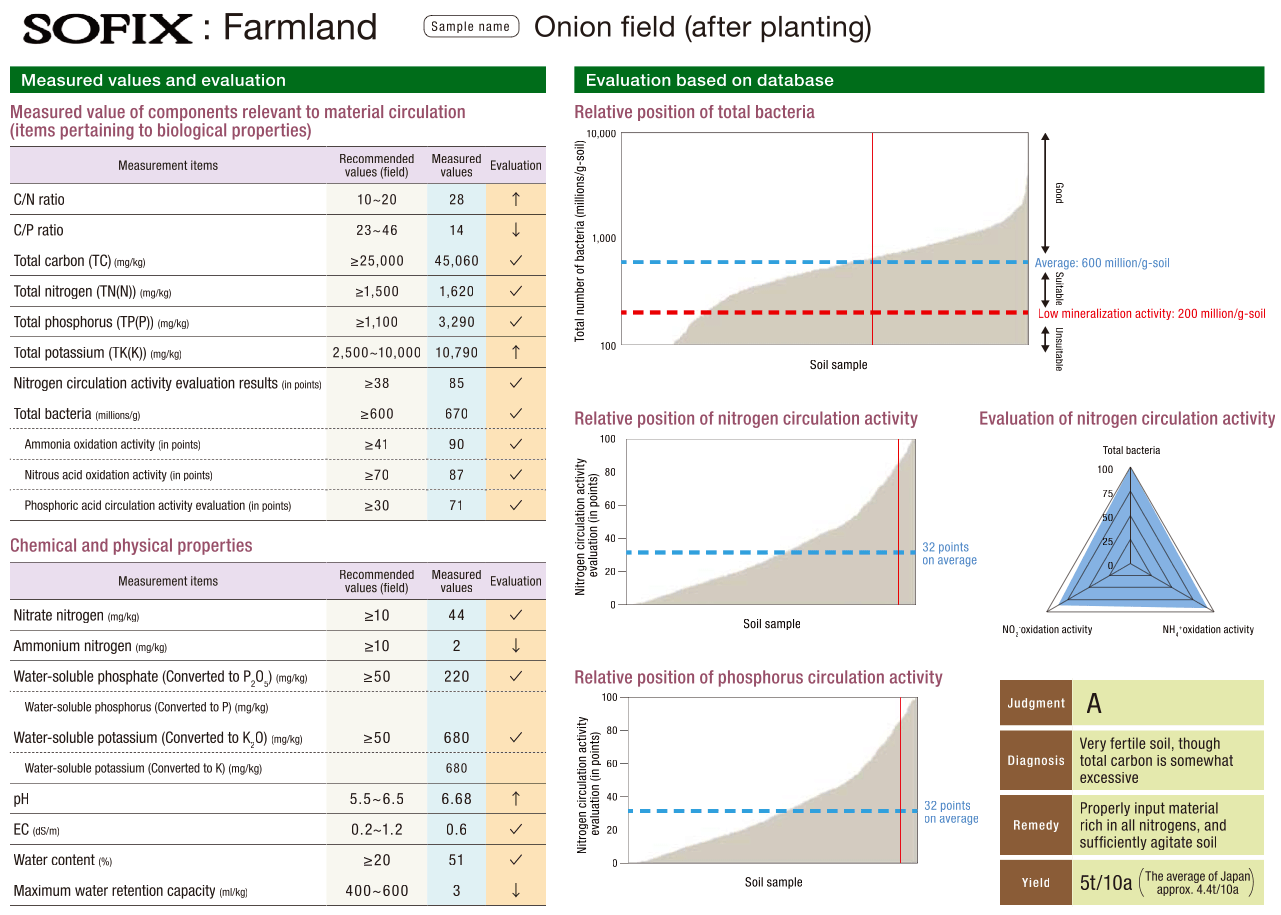
Results of soil diagnosis using SOFIX. Soil is improved based on data to optimize the balance between carbon and nitrogen.
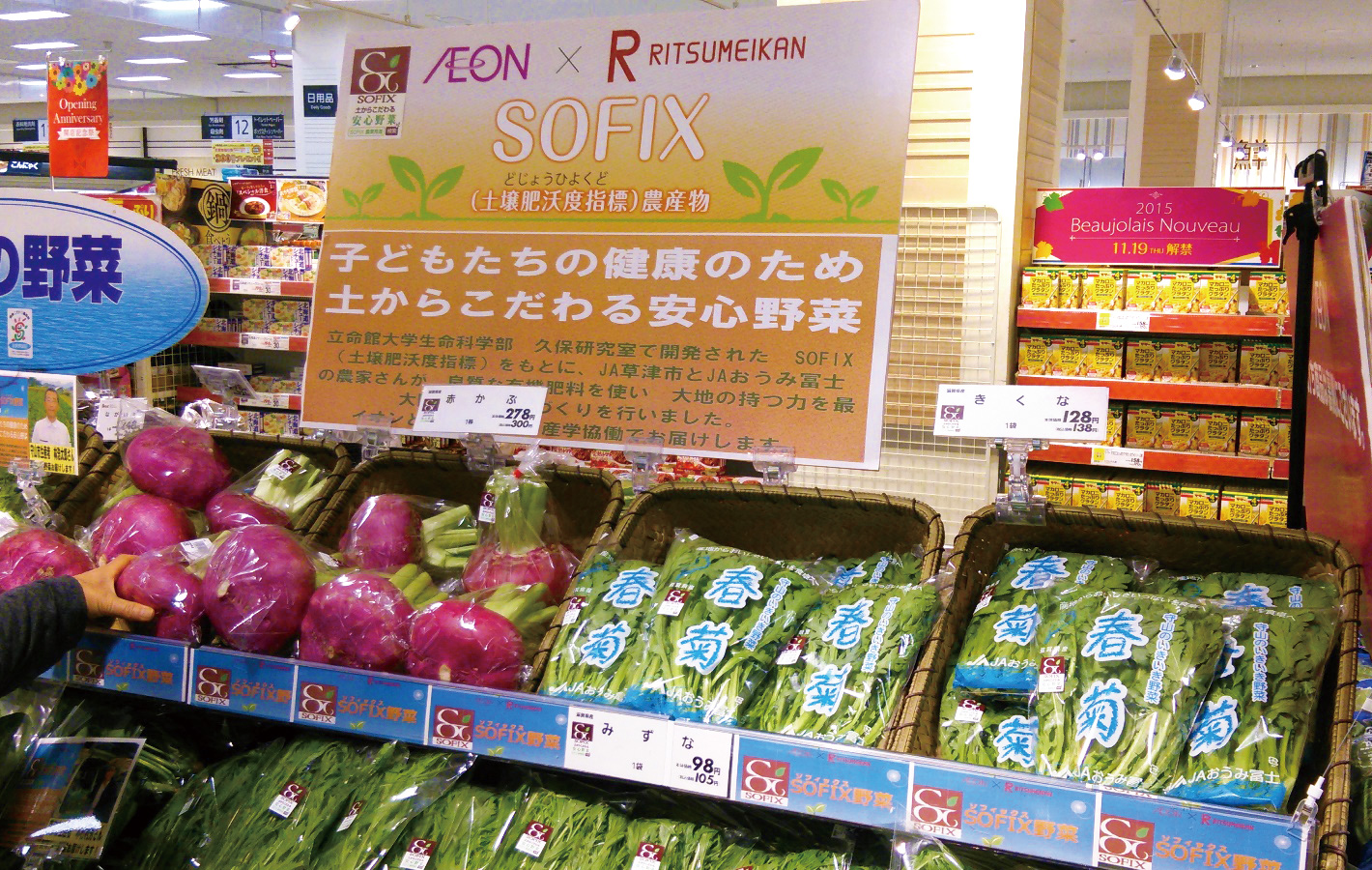
Furthermore, Kubo says, “However good organic vegetables are in terms of their health properties, the business model is not sustainable if it increases the burden on farmers,” emphasizing the necessity for business models that involve profitable organic agriculture. He demonstrates that with organic agriculture based on SOFIX, not only will the yield increase, but material costs such as manure can be drastically reduced in comparison to using chemical fertilizers. He also calculates that producers can earn higher profits compared to conventional agricultural methods using chemical fertilizers by selling added-value “Safe and high nutrient” vegetables at higher prices.
To realize this goal, Kubo is currently working on establishing a “SOFIX soil fertility certification” as a means to certify quality agricultural land based on SOFIX. In addition, he is considering developing “Soil consultants”—experts who can analyze the figures obtained from SOFIX and provide advice on improving soil—and establishing a certification system for this purpose.
A major supermarket chain in Shiga Prefecture has started to sell “SOFIX vegetables” grown using SOFIX-based organic agriculture in their stores. The time when “SOFIX vegetables” become popular all over Japan as a safe and secure brand of vegetables is coming closer.
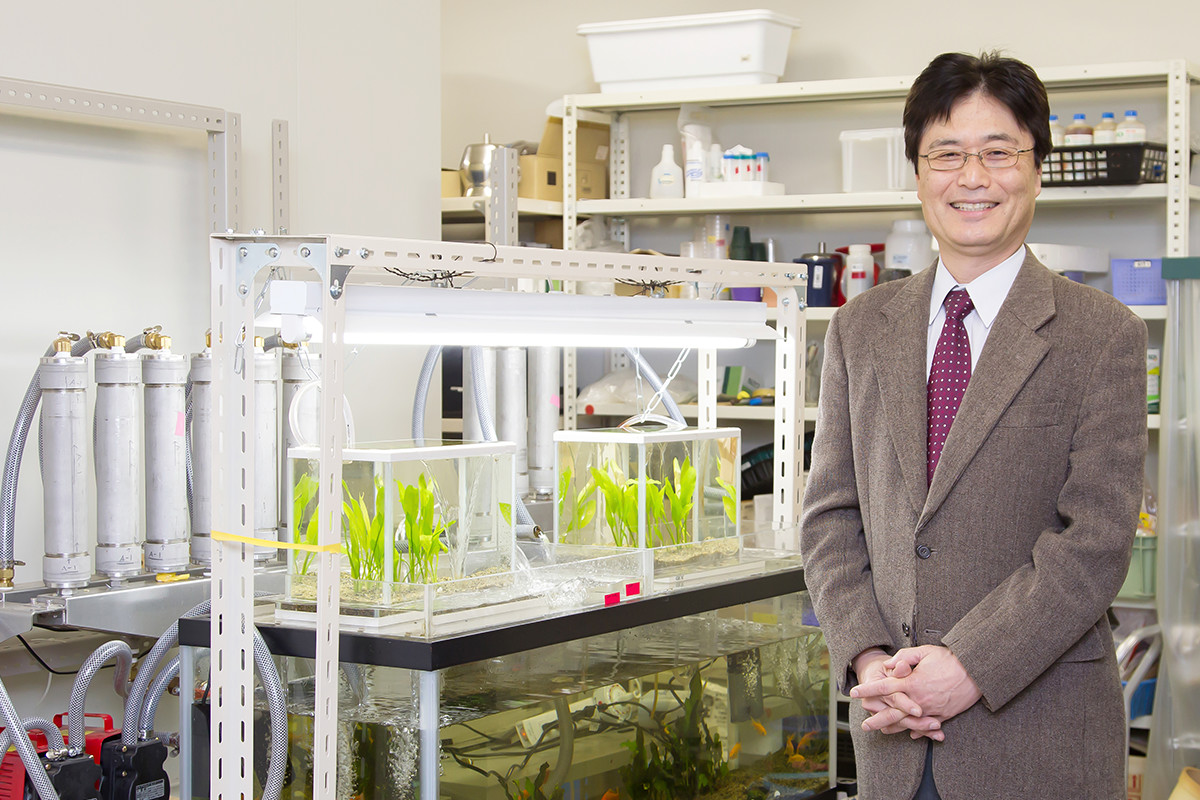
- Motoki Kubo
- Professor, College of Life Sciences
- Subjects of Research: Study of material circulation-based food production, study of petroleum cracking, study of liquid waste treatment, study of new uses of biomass resources
- Research Keywords: Environmental microorganisms, bio-functions, environmental science
